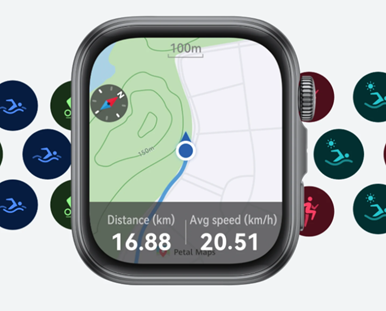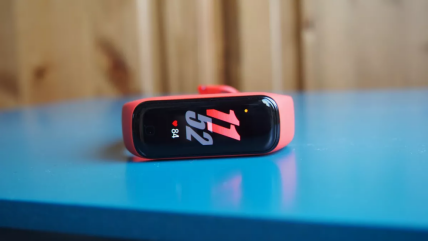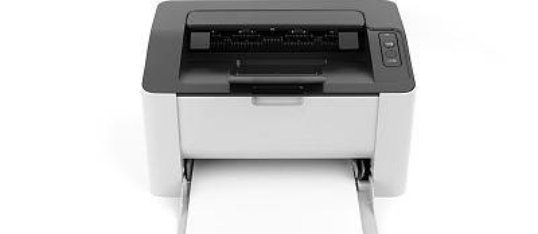Can Smartwatches Store Maps for Offline Use?
Getting lost without phone service isn't just inconvenient—it can be dangerous. Imagine you're halfway through a mountain hike when your phone battery dies, or traveling abroad where data roaming costs are prohibitive. This is where smartwatches with offline maps become invaluable. In this article, we'll explore how offline maps work on smartwatches, storage requirements for different activities, and practical tips for making the most of this potentially life-saving feature.

How Offline Maps Work on Smartwatches
Storage Requirements (How Many GB for Different Map Types)
The space needed for offline maps varies dramatically based on map detail and coverage area. A single city map with basic streets might require just 50-100MB, while detailed topographic maps for hiking can consume 300-500MB per national park. Full-color trail maps with contour lines typically need more space than simplified road maps—Yosemite's trail system alone requires about 400MB. For travelers, a whole country's road network might fit in 1-2GB if you exclude 3D buildings and satellite imagery. Golf courses surprisingly demand significant space too, with 3D renderings of greens and fairways taking about 20-30MB per course. Most watches with offline mapping offer 4-16GB storage, letting you store multiple regions simultaneously.
GPS-Only Navigation: What You Can/Cannot Do Without Data
Modern smartwatches combine stored maps with built-in GPS for completely offline navigation. You'll get turn-by-turn trail guidance, distance to next waypoint, and elevation profiles—all without cellular connection. However, real-time traffic updates and points-of-interest searches require data. A hiker discovered this when her watch flawlessly guided her through Rocky Mountain trails but couldn't show current weather alerts. The GPS chip consumes more battery in offline mode, typically lasting 6-10 hours continuous use versus 15-20 hours for basic activity tracking. Golfers appreciate that course maps remain fully functional offline, including distance-to-pin readings and hazard locations, though live wind data won't update. The key is pre-loading everything you might need—unlike phones, you can't quickly download missing map sections in the field.
Step-by-Step: Loading Maps Onto Your Watch
Transferring maps to your watch is simpler than many expect. First, connect to Wi-Fi and open your watch's companion app to browse available maps—most platforms categorize by activity type (hiking, golf, urban). Select regions carefully; instead of entire states, choose specific parks or cities you'll actually visit. Download times vary; a city map takes 2-3 minutes, while detailed topographic maps may need 10-15 minutes over strong Wi-Fi. For golf, search courses by name—the system automatically includes all holes and hazards. Once downloaded, organize maps into collections like "Colorado Hikes" or "Asian Cities" for quick access. Test navigation at home first; walk around your neighborhood using the watch's offline mode to familiarize yourself with the interface.
Offline Map Alternatives When Your Watch Can't Store Maps
Not all smartwatches support full offline maps, but alternatives exist. Basic GPS watches can still record your path as a "breadcrumb trail"—a simple line showing where you've been, helpful for retracing steps. Many outdoor enthusiasts carry printed topographic maps as backups, with the watch providing supplemental GPS coordinates. Another solution: use your phone's offline maps but conserve battery by keeping it powered off until needed. Some runners stitch emergency contact info and simplified map snippets into their watch faces as images—while not interactive, these can show key turns or emergency exits. For golf, several apps let you print course maps with yardage books as lightweight backups.

Conclusion
Offline maps prove most valuable for those regularly venturing beyond reliable cell service—hikers, trail runners, international travelers, and golfers exploring new courses. For comprehensive outdoor functionality, the Huawei Fit 4 excels with detailed offline maps for mountains and trails, plus specialized golf course mapping featuring 3D green views and real-time swing metrics. While casual urban users might manage with phone maps, outdoor enthusiasts will appreciate the security and convenience of self-contained navigation. When choosing a watch, consider how often you truly need offline access—for some, it's an occasional luxury, but for others, it's an essential safety feature that could one day prove invaluable.







